Here's everything you're doing wrong in your indoor cycling class
Don't rush in.

Adjust the bike properly.
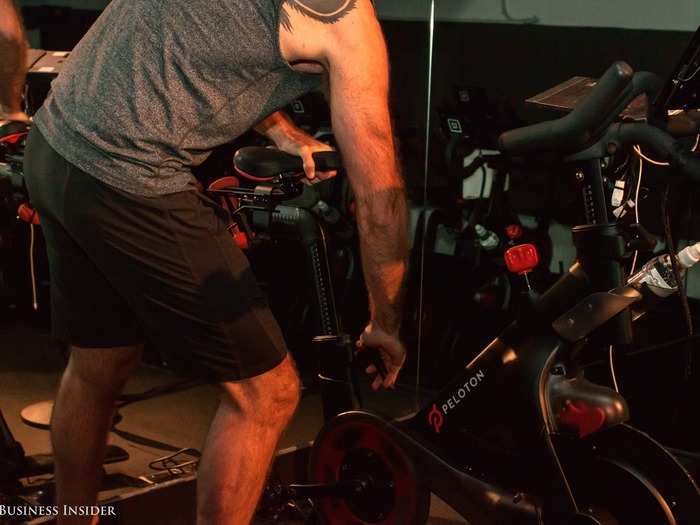
Make sure your bike seat isn't too low. That can lead to potential lower back and knee injuries. You also don't want to be too far back, which can cause problems, as well.
You don't want to be draped over the bike, either.
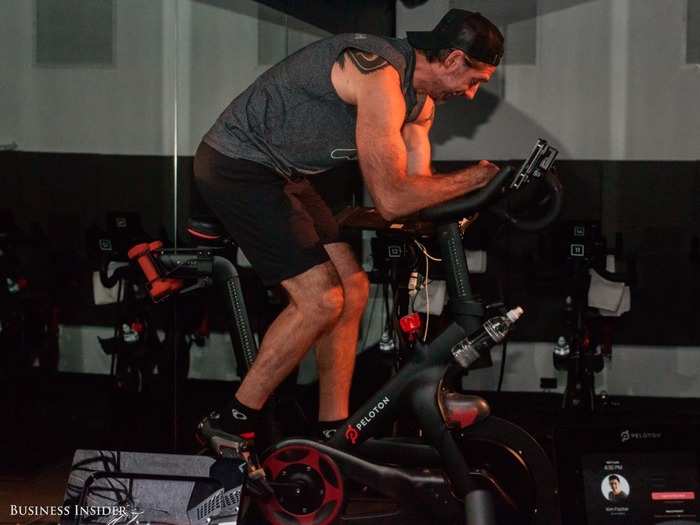
When you’re draped over the bike, you put all the weight into your upper body — which means your not working the proper muscles and can strain your shoulders.
New? Don't put the handle bars too low.
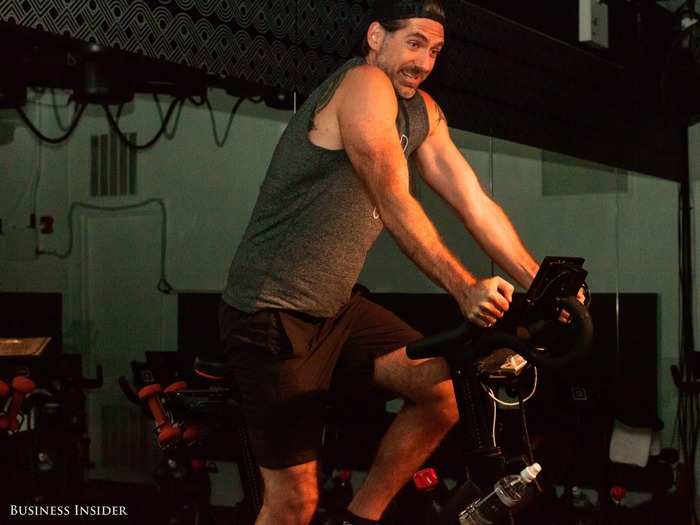
"We want to make sure the handlebars aren’t too low, especially for newer clients," Little said.
Higher handlebars keep you from drifting over the front of the bike when you're out of the bike seat (or the "saddle").
It also "puts less tension on the shoulders, neck, and back."
Also, don't keep your shoulders tense like Little is doing in this photo.
What about the knees?

You want a slight bend in your knees when you hit the six o'clock spot on your pedal stroke — not totally straight, but not more than five degrees.
That's a good indicator to see if you are too low on your bike seat.
"If I look down and my knee goes past my toe, I'm too low," Little said. If you pedal that way, "you're going to start straining the ligaments."
Ride with enough resistance on the bike.
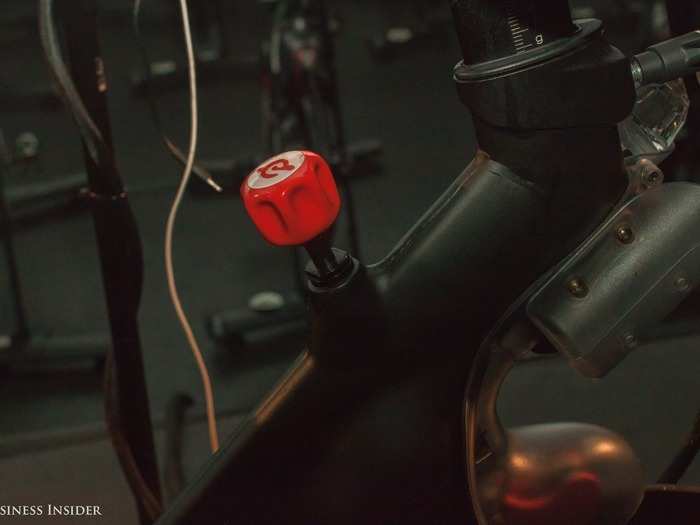
Too little resistance, and your joints are doing the work – or you're not engaged at all, and you're just getting pulled by the momentum of the wheel, Little explained.
Don't try to compete to the point that you sacrifice your form.
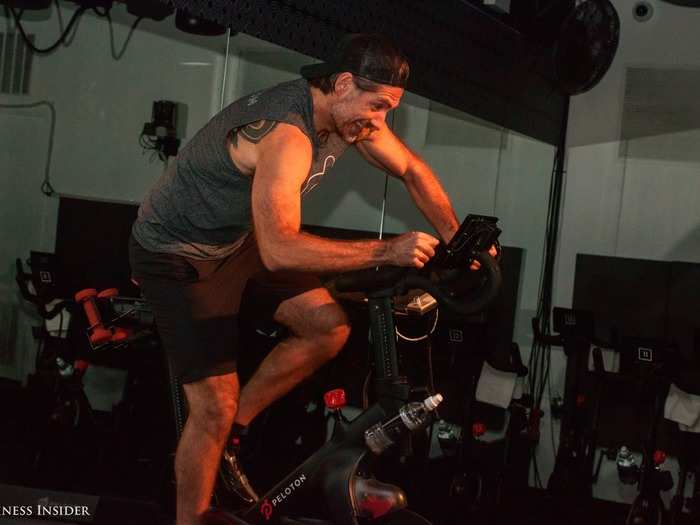
See the excess motion above that Little is demonstrating? That's not good. People often start to bring their lower backs into the movement and get super tense when they're fighting to be the fastest or the strongest in a group setting.
Don't do anything you're uncomfortable with.
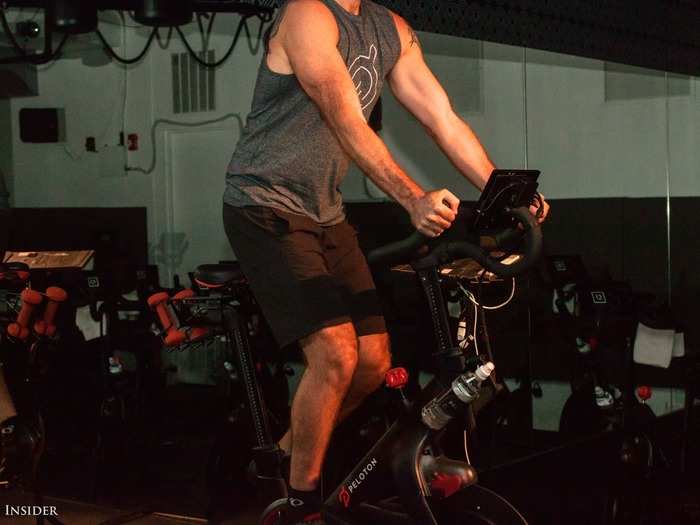
"You have to know what you're getting yourself into and take ownership of your exercise," Ravettine told Business Insider.
That means learning how to self monitor. For example, if you can’t comfortably push through a full stride on your bike...that’s a good sign you need to take a step back.
What about fancy choreography?
"I don’t think that those choreographed movements are necessarily safe in the long term," Little said.
Riding with your knees out?
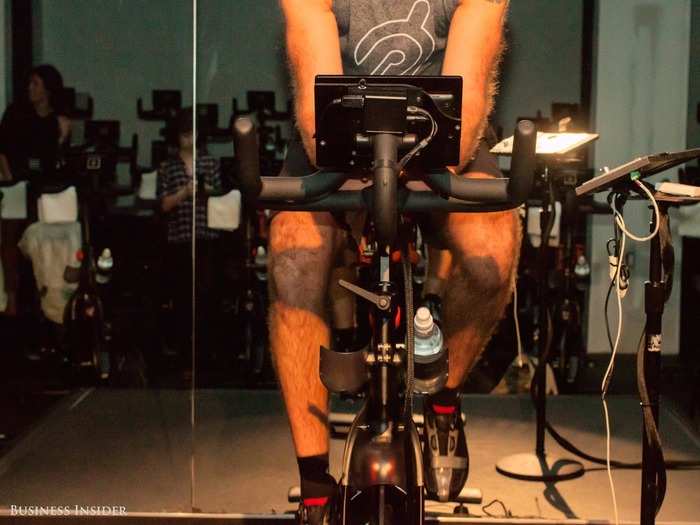
Not good, Little says. You want to make sure your knees are parallel.
Gripping for dear life?
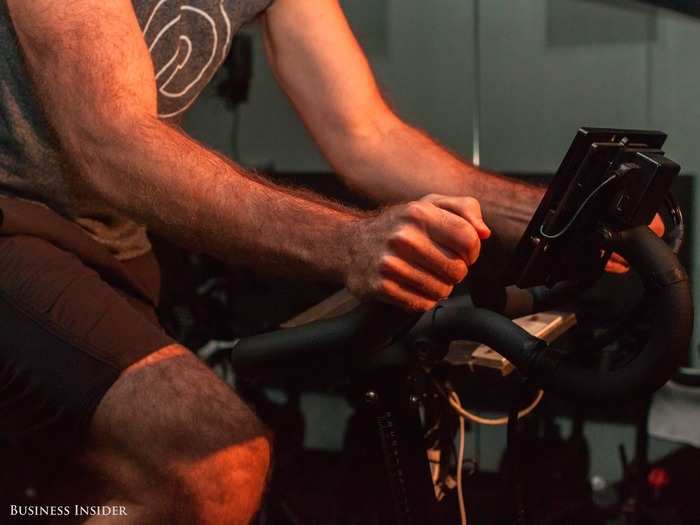
Don't do that, either. You want a light grip on the handlebars.
Stay for the whole thing — and take a day off, too.

In many indoor cycling classes, people rush out the door early, before the cool down period.
"It's important to stick around and allow the body to recover," Little said. Stretching helps prevent injuries.
Often people who are rushed exert themselves extra-hard during the class.
"They have very little oxygen in their bodies when they leave," he said. "You can get dizzy."
Additionally, take a day off, Ravettine says.
"Too much of any one thing — whether it be sitting, running, spinning — is going to start to stress the same muscles over and over again and put you at risk for a repetitive use kind of injury," she said.
Ride safely and ride long
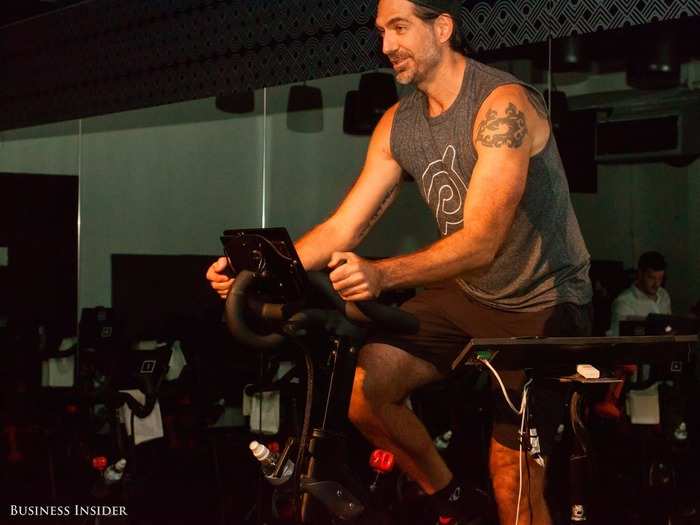
Indoor cycling is a safe form of exercise, provided you practice good form.
"The greatest thing about indoor cycling is it’s low impact, so if I know how to impart a really safely taught ride with this low-impact exercise, I know that I can continue to literally have riders in their 70s taking classes at Flywheel," Flywheel's co-founder and master instructor Ruth Zukerman said to Business Insider earlier this year.
Popular Right Now
Popular Keywords
Advertisement